Sydney Design Week focus on Warragamba Dam
The award-winning architectural design of Warragamba Dam Visitor Centre, ground-breaking feats of engineering design of Australia’s biggest domestic water supply dam, and the awe-inspiring natural design of its catchment were showcased during Powerhouse Sydney Design Week 2023.
WaterNSW joined with more than 60 events from 15-24 September as part of the Powerhouse Museum’s celebration of the critical research, industries, infrastructure and technologies that underpin design practice in Sydney.
The range of Sydney Design Week events was expanded this year to explore the complex and interconnected social and natural ecologies in which contemporary design operates.
WaterNSW was delighted Warragamba Dam was included as one of the standout new sites to explore the social, environmental and ethical issues facing designers, researchers and architects.
Tours started in the Visitor Centre’s Burragorang Room with its spectacular views over the lake and dam wall.
Traditional owner Kazan Brown welcomed visitors on to Gundungurra Country and shared the creation story of how the deep gorges of the Burragorang Valley were gouged in a cross-country battle between two Dreamtime ancestors Mirrigan, a quoll like hunter and fisherman, and the rainbow eel Gurungatch. At the end of the battle, Gurangatch had carved out the Wollondilly and Coxs rivers, including the deep waterholes where he rested and tried to hide from Mirragan.
The Visitor Centre’s architect, Annabel Lahz, Director, lahznimmo architects, then spoke about her vision and design for the building and grounds that won architecture and landscape architecture awards following its completion in 2009.
Brian Mayhew, General Manager Regional Operations Sydney, spoke about engineering design of the dam wall, constructed from 1948 to 1960 by 1,800 workers from 25 different nationalities. Three million tonnes of concrete went into the 142-metre high dam wall that is holding back four Sydney Harbours volume of water.
Mary Knowles, Catchment Area Manager, completed the presentation by analysing the natural design of Warragamba Dam’s 9,050 square kilometre catchment. She emphasised how the natural environment and built environment are inextricably linked in managing the health of Greater Sydney’s drinking water catchment.
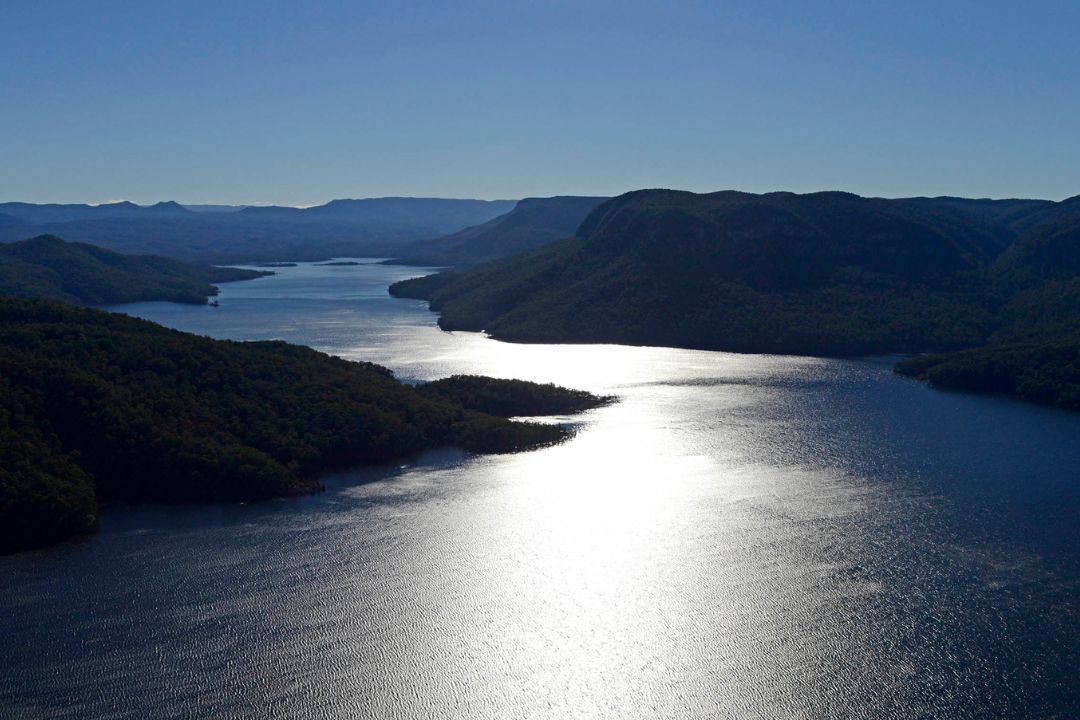
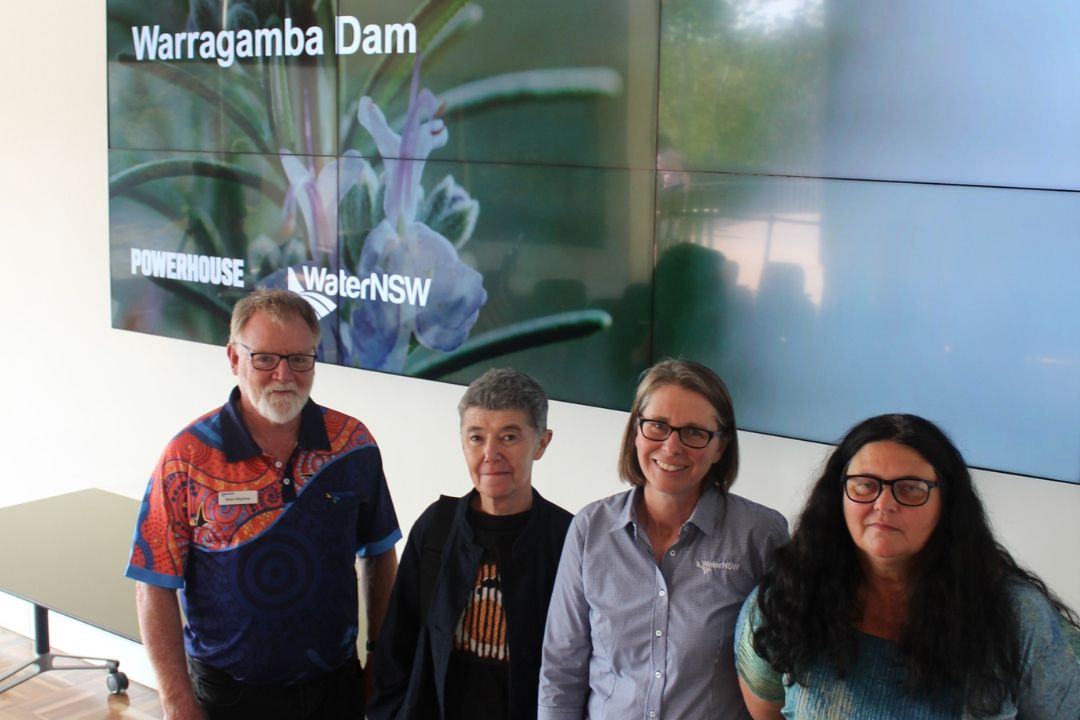
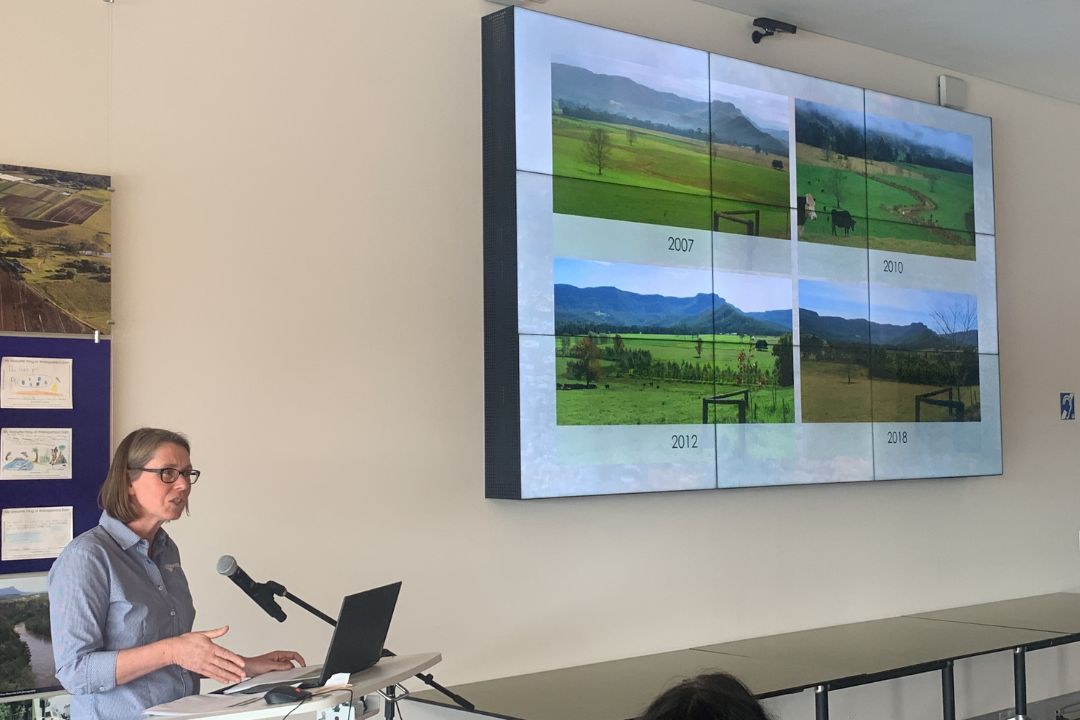
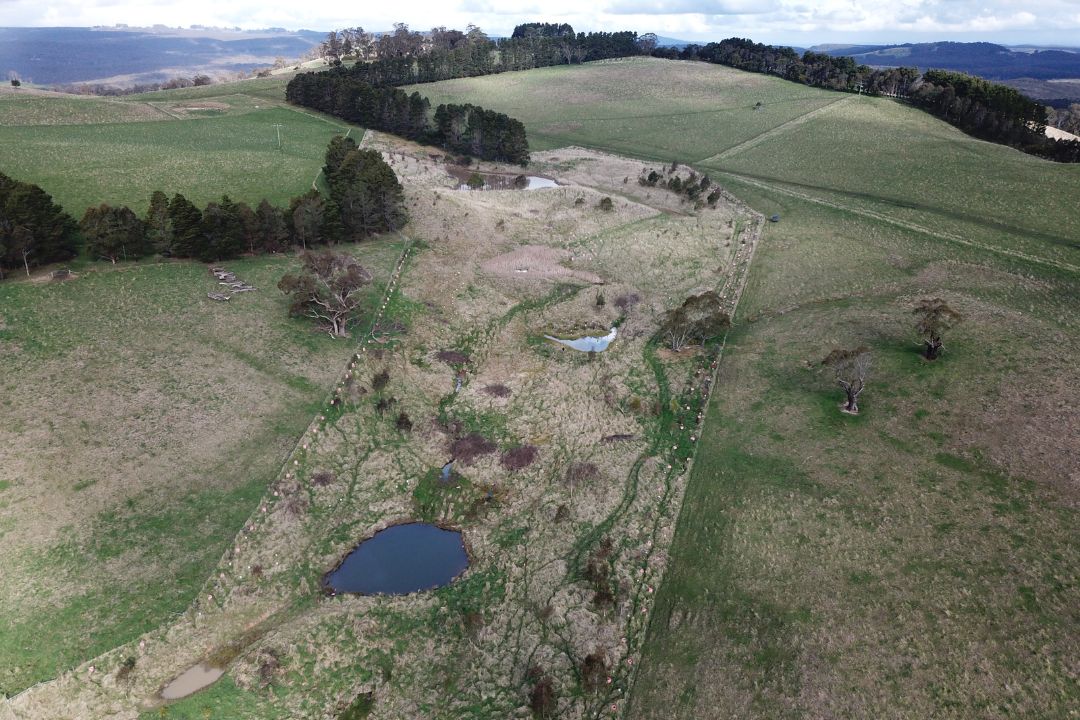
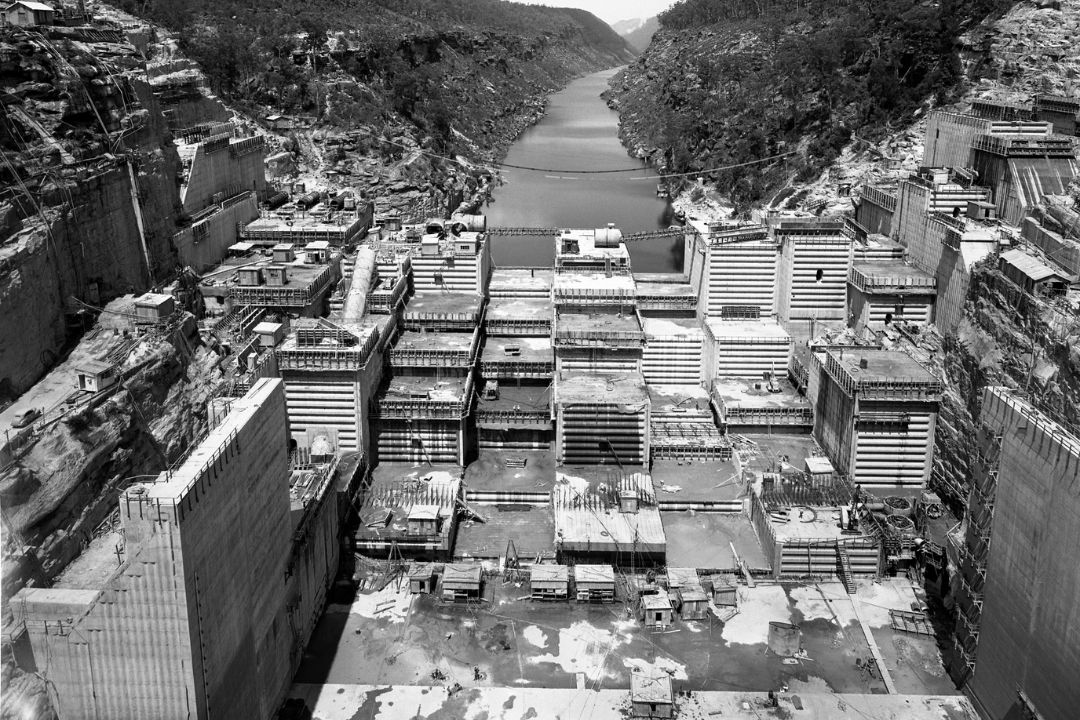
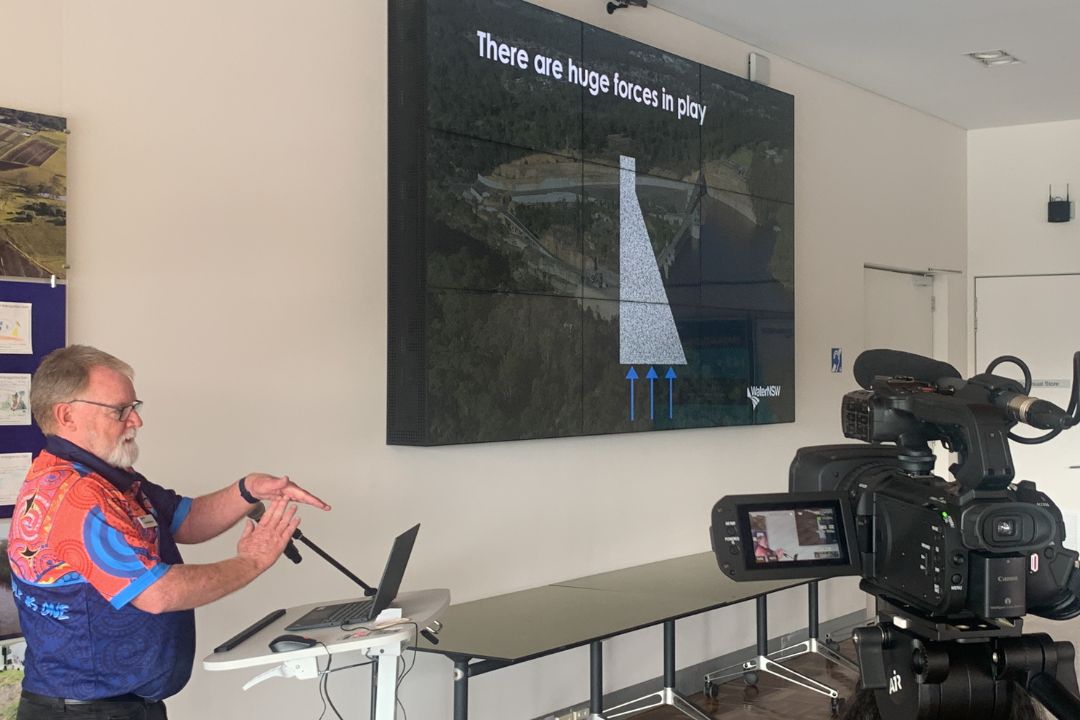
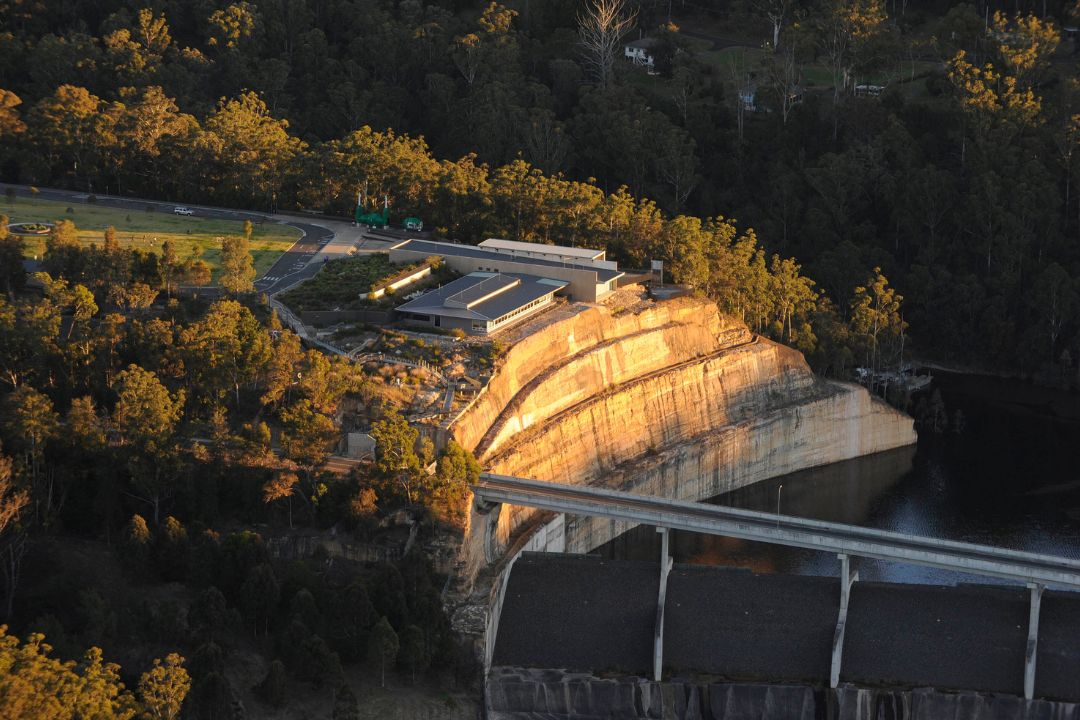
Warragamba Dam’s award-winning Visitor Centre sits high on a bluff overlooking the dam wall and lake, with a series of public viewing platforms cascading down the rock shelves.
Free entry to our Visitor Centre and picnic grounds
Warragamba Dam is located 65 kilometres west of the Sydney CBD, on the lands of the Gundungurra Nation.
Visitors can enjoy the landscaped picnic grounds of Haviland Park, panoramic views of the dam wall and Lake Burragorang from viewing platforms, and the ‘Water for Life’ exhibition at our Visitor Centre.
Warragamba Dam grounds are open 8am to 5pm daily (10am to 7pm on weekends and public holidays during Daylight Savings).
The Visitor Centre is open daily from 10am-4pm. Entry is free to the grounds and Visitor Centre. WaterNSW looks forward to welcoming you soon.
Related links
Published date: 25 September 2023
WaterNSW acknowledges the traditional custodians of the lands and waters on which we work and pay our respects to all elders past, present and emerging. Learn more
